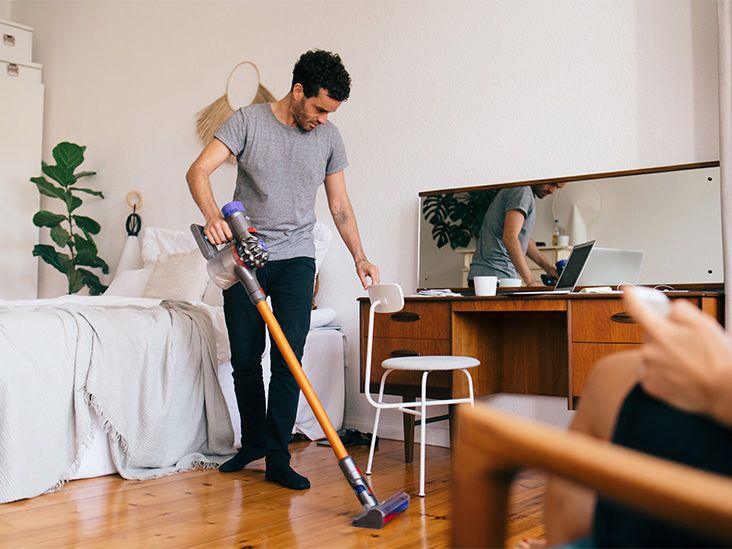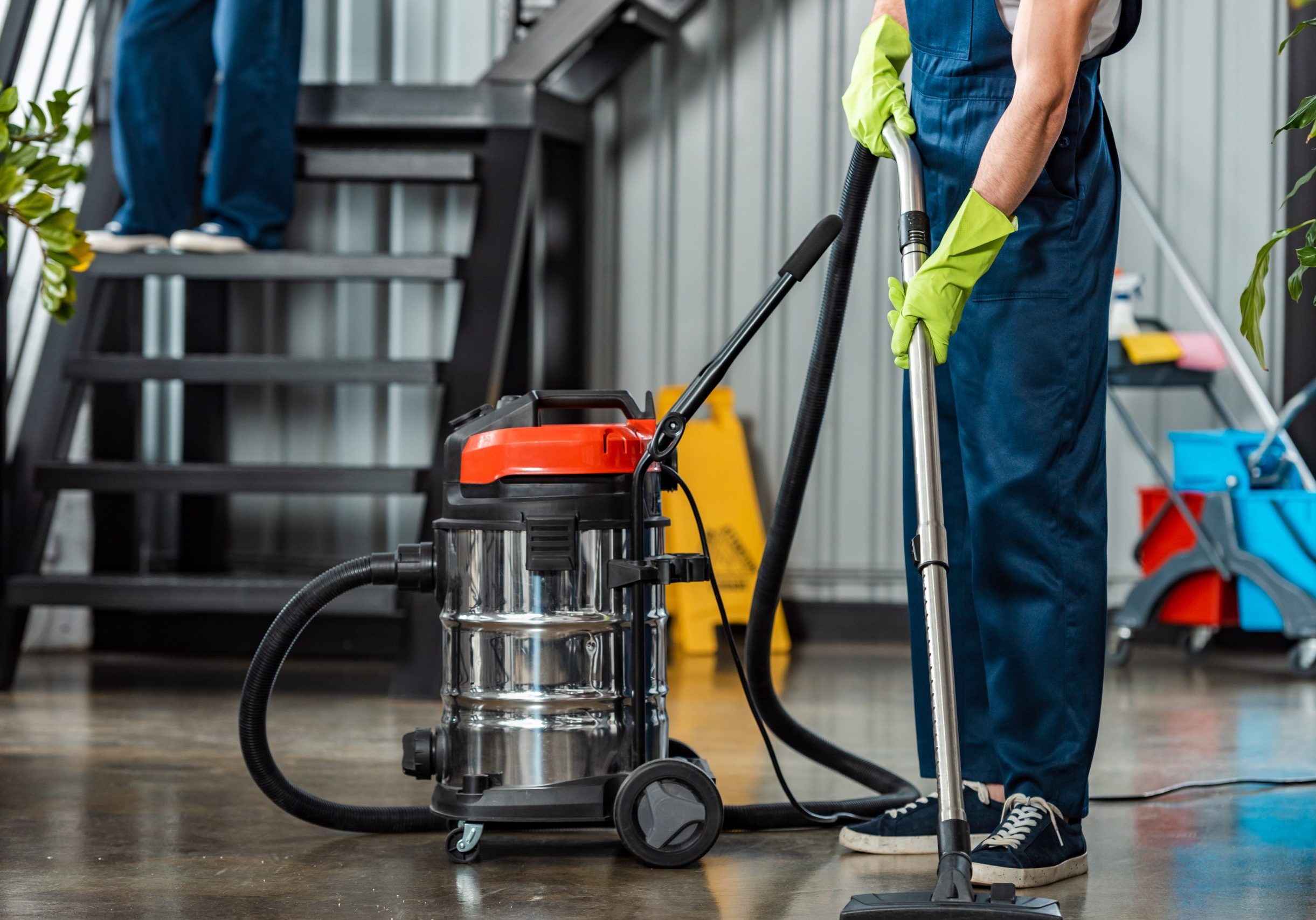Important Tips for Everyday Cleaning: How to Defrosted and Cleaned Every Few Months for a Fresh Home
Important Tips for Everyday Cleaning: How to Defrosted and Cleaned Every Few Months for a Fresh Home
Blog Article
Recognizing the Requirement for Extensively Sanitizing and Sanitizing Often Touched Surface Areas in High-Traffic Areas
In the realm of public health and wellness and safety and security, the meticulous sanitation and sanitization of regularly touched surfaces in high-traffic locations stand as critical measures in avoiding the spread of dangerous virus. By checking out the different facets of surface disinfection, from the dangers connected with neglecting cleaning protocols to the efficient techniques that can be utilized, a clearer understanding arises of the vital role these methods play in guarding public health and wellness.
Significance of Surface Area Sanitation
Highlighting the complete disinfection of high-traffic surface areas is vital in maintaining a sanitary atmosphere and protecting against the spread of damaging pathogens. High-touch surface areas such as door deals with, light switches, lift buttons, and kitchen counters work as breeding premises for microorganisms and viruses. Routine sanitation of these surfaces is necessary to decrease the threat of contamination and transmission of illnesses.
By carrying out a robust disinfection protocol, organizations and organizations can produce a safer setting for staff members, visitors, and clients. Correct surface disinfection not just mitigates the spread of transmittable illness but additionally imparts confidence in the cleanliness and safety of the properties. This proactive strategy demonstrates a dedication to health and wellness and wellness, which is especially vital in high-traffic locations where the likelihood of exposure to pathogens is enhanced.
Moreover, surface sanitation plays a crucial duty in total infection control strategies. Combined with hand health methods, wearing masks, and maintaining physical distancing, comprehensive sanitation of high-touch surface areas creates a detailed defense versus the transmission of unsafe microbes. Focusing on surface sanitation is a vital component of an all natural technique to health and security in shared spaces.
Threats of Overlooking Cleaning Practices
Disregarding detailed sanitation of high-traffic surfaces considerably increases the threat of viral and microbial contamination, posing a major risk to the wellness and security of individuals often visiting these rooms. Failing to apply correct cleansing methods can result in the build-up and spread of unsafe virus, consisting of infections and microorganisms, on often touched surfaces such as doorknobs, handrails, elevator switches, and countertops.

Moreover, neglecting the importance of complete cleaning not only jeopardizes the health of individuals but likewise weakens efforts to maintain a clean and hygienic environment. It is crucial to acknowledge the value of proper sanitation procedures in avoiding the spread of infections and protecting public health and wellness.
Efficient Disinfection Methods
To preserve optimal sanitation and minimize the danger of contamination on high-traffic surface areas, utilizing efficient sanitation techniques is crucial. One of the most effective and common sanitation methods is utilizing chemical anti-bacterials.
An additional effective method is making use of UV-C light. UV-C light has actually been revealed to be effective in eliminating a large range of bacteria by disrupting their DNA structure, thus avoiding them from replicating. It is crucial to make use of UV-C light correctly, ensuring that the proper strength and direct exposure time are applied to achieve the wanted disinfection outcomes.
Additionally, employing heavy steam cleansing as a sanitation approach can be very reliable, specifically on surface areas that are heat-resistant. Steam can permeate porous surfaces and kill bacteria, infections, and various other pathogens successfully. When utilizing heavy steam cleansing, it is essential to make sure that the surface area gets to the called for temperature level for an enough quantity of time to guarantee appropriate sanitation.
Influence On Public Wellness
The upkeep of high requirements of cleanliness and disinfection on high-traffic surfaces plays a crucial function in protecting public health. Frequently touched surface areas in locations with high tramp, such as doorknobs, hand rails, elevator switches, and bathroom centers, serve as reproducing premises for harmful pathogens.
In high-traffic areas like airport terminals, institutions, health centers, and public transport systems, the influence of strenuous disinfection actions can not be understated. Focusing on the sanitization of regularly touched surface areas is a proactive method to advertising public health and wellness and boosting the safety and security of individuals in shared areas.
Carrying Out Routine Cleaning Up Methods
Promptly instituting and sticking to a consistent timetable of cleansing procedures is critical for keeping the cleanliness and safety and security of high-traffic surface areas. Routine cleansing methods are essential in stopping the build-up of bacteria and virus on often touched surfaces, especially in locations with high foot traffic. By carrying out an organized strategy to cleansing, organizations can successfully minimize the risk of condition transmission and produce a much healthier setting for staff members, consumers, and the public.
To establish a reliable cleaning schedule, it is important to identify high-traffic locations that need constant interest. These areas might include doorknobs, hand rails, elevator buttons, bathroom centers, and shared devices. Executing a visit site regular cleansing routine that targets these surface areas numerous times a day can significantly lower the spread of damaging germs and infections.
Furthermore, utilizing suitable cleaning representatives and disinfectants is essential to making certain that surfaces are thoroughly sanitized. Regular training of cleaning up team on proper cleaning strategies and the value of adherence to the cleansing timetable is also important in preserving a sanitary setting. By focusing on regular cleansing protocols, organizations can advertise the health and More Help wellness of individuals that connect with these high-traffic surface areas.

Final Thought
In verdict, it is essential to focus on thorough disinfection and sanitization of often touched surfaces in high-traffic areas to prevent the spread of unsafe microorganisms and keep public health and wellness. It is important to identify the value of maintaining clean surfaces in high-traffic locations to ensure the health of the neighborhood.
In the realm of public health and safety, the precise sanitation and sanitization of frequently touched surface areas in high-traffic locations stand as critical actions in stopping the spread of hazardous virus. By exploring the numerous elements of surface area sanitation, from the threats linked with disregarding cleaning procedures to the effective techniques that can be used, a more clear understanding arises of the important role these practices play in securing public wellness.Furthermore, employing vapor cleaning as a sanitation method can be very effective, particularly on surface areas that more info here are heat-resistant. When making use of vapor cleansing, it is vital to make certain that the surface gets to the required temperature for a sufficient quantity of time to assure proper disinfection.
In conclusion, it is important to focus on complete disinfection and sanitization of regularly touched surfaces in high-traffic locations to stop the spread of dangerous microorganisms and preserve public health and wellness.
Report this page